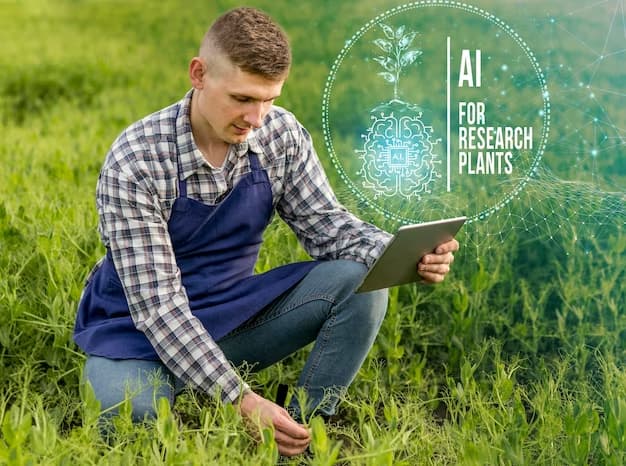Modern agriculture stands at the forefront of the technological revolution, with innovations ranging from unmanned aerial vehicles to artificial intelligence transforming the way we cultivate and harvest crops. As the global population continues to grow, the demand for food production increases exponentially. In this scenario, technology emerges as a critical ally, offering solutions to enhance efficiency, sustainability, and yield in agriculture. This blog will delve into the multifaceted role of technology in modern agriculture, exploring the impact of drones, AI, and other cutting-edge innovations on the future of farming.
Drones in Agriculture: Precision from the Skies

One of the most visible technological advancements in agriculture comes in the form of drones. Unmanned aerial vehicles (UAVs) equipped with sophisticated imaging and sensing technologies are revolutionizing the way farmers manage their fields. Drones provide a bird’s-eye view of the agricultural landscape, allowing for precise monitoring and data collection.
- Precision Crop Monitoring: Drones equipped with high-resolution cameras and sensors can capture detailed images of crops. This imagery is then analyzed to assess crop health, identify diseases, and detect nutrient deficiencies. This level of precision enables farmers to take targeted actions, such as applying fertilizers or pesticides only where needed, optimizing resource utilization.
- Crop Spraying: Drones equipped with spraying systems can precisely apply fertilizers, pesticides, or herbicides to specific field areas. This targeted approach minimizes the use of chemicals, reduces environmental impact, and improves the overall health of the crop.
- Aerial Surveillance: Drones provide real-time surveillance of large agricultural landscapes. This is particularly valuable in monitoring for signs of stress, pest infestations, or other issues that may not be apparent at ground level. Quick identification allows farmers to respond promptly, preventing potential crop losses.
Artificial Intelligence (AI) in Agriculture: Cultivating Intelligence

Artificial intelligence has stepped into the fields, offering farmers unprecedented insights and decision-making capabilities. Machine learning algorithms process vast amounts of data, providing actionable information for optimized agricultural practices.
- Predictive Analytics: AI algorithms analyze historical and real-time data to predict crop yields, weather patterns, and market trends. This predictive capability empowers farmers to make informed decisions, plan for potential challenges, and optimize their crop output.
- Automated Machinery: AI-driven autonomous machinery, such as self-driving tractors and harvesters, streamlines labor-intensive tasks. These machines can operate around the clock, increasing efficiency and reducing the dependency on manual labor.
- Smart Irrigation: AI-powered systems analyze soil moisture levels, weather forecasts, and crop water requirements to optimize irrigation schedules. This not only conserves water but also ensures that crops receive the right amount of hydration, promoting healthy growth.
Challenges and Considerations:
While the integration of technology in agriculture brings about numerous benefits, it also presents challenges that must be addressed for sustainable implementation.
- Cost of Technology: The initial investment in advanced agricultural technologies, such as drones and AI systems, can be a barrier for smaller-scale farmers. Policymakers and industry stakeholders need to explore ways to make these technologies more accessible and affordable.
- Data Security and Privacy: As farms become more connected and data-driven, there are concerns about the security and privacy of sensitive agricultural information. Implementing robust cybersecurity measures and establishing clear regulations are essential to address these concerns.
- Technological Literacy: Farmers need to be adequately trained to harness the full potential of modern agricultural technologies. Education programs and support initiatives are crucial to ensuring that farmers can effectively integrate and utilize these tools.
Conclusion:
The role of technology in modern agriculture extends far beyond mere efficiency gains; it is a cornerstone for the sustainable future of farming. Drones and AI are not just tools; they are partners in the journey towards increased productivity, resource optimization, and environmental stewardship. As technology continues to evolve, so too will the possibilities for shaping a more resilient and productive agricultural landscape. Embracing these innovations is not just a choice but a necessity as we work towards feeding a growing global population while preserving the health of our planet.



